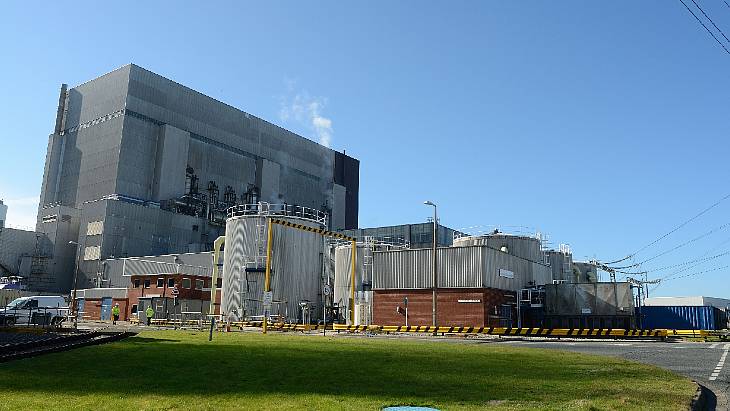The commitment came in a strategy update for its UK nuclear fleet, which it said followed "dramatic changes in the energy sector since our last strategy update in September 2021".
It said that the sharp rise in energy bills and the Russian invasion of Ukraine had "thrown sharp focus on security of supply with an increasing interest in nuclear power as a fundamental part of our energy mix to provide home-grown, dependably, zero-carbon supply. All of this is happening at a time of significant change for the UK's nuclear fleet as older stations move into the defueling stage".
France-owned EDF said that to boost energy security it was seeking to "sustain as much output as possible from the 5.5 GWe of generating capacity available - at Heysham 1, Hartlepool, Torness, Heysham 2 and Sizewell B".
Hartlepool, on Teeside in the northeast of England, and Heysham 1 in Lancashire in northwest England, are among the four of seven AGR fleet which continue to generate electricity, and are due to continue doing so until March 2024, which would represent 41 years of operation.
EDF said: "The actual end of generation dates for these four power stations will be determined by the condition of the graphite making up the reactor cores, which is regularly inspected, and subject to rigorous assessment by the independent regulator. Inspections provide reassurance and allow us to meet external regulations. For example, our power stations are required to meet global earthquake regulations - this means we have to prove we can shut down the reactors during a major earthquake, a 1 in 10,000 year event - much larger than the UK has ever experienced or expects to happen.
"In light of the severity of the energy crisis and the results of recent graphite inspections, EDF will look to review the case for a short extension for Heysham 1 and Hartlepool to generate beyond the current forecast of March 2024. This will depend on the results of graphite inspections over the coming months. It is important that preparations for defueling continue so that if the stations do end generation in the next 18 months we are operationally ready to start defueling."
It said that nuclear output was forecast to be 42 TWh for 2022, about 5% ahead of plan, adding that it aims to invest GBP1.0 billion (USD1.1 billion) in maintenance, inspections and plant upgrades to help sustain output for 2023 to 2025 and will review the case to extend generation at Hartlepool and Heysham "within the next few months".
The strategy update also says "to support fair electricity prices EDF is talking to government about a voluntary pricing mechanism for its nuclear output", noting that power from nuclear had been "delivered to the market at an average realised price which is significantly below current market prices".
It says the nuclear industry values price stability and the talks aim to agree a fair price that breaks the link between gas and electricity prices: "The goal is to stabilise the price of power to customer at affordable levels, while supporting a fair return on investment for the generating fleet."
On defuelling, it said that three of its nuclear power plants were now in the defueling phase after generation ended at Hunterston B, Hinkley Point B and Dungeness B.
"Operationally, defueling is an extension of the refuelling we have been carrying out for more than 40 years, though at a greater volume and faster pace. The programme will require the very best of our operating expertise and innovative ways of working as we aim to deliver defueling safely and cost effectively. Performance at the NDA’s Sellafield facility is also key to successful defueling and we continue to collaborate closely with them as volumes start to increase," the update says.
On new nuclear, EDF said it would "play its part, collaborating across the sector to help open up our sites for developments in support of the UK's" target of reaching 24 GW of nuclear capacity by 2050.
It said it was working on a 20-year extension for Sizewell B, which is currently scheduled to generate power until 2035. The life extension work began in April and involves Wesdtinghouse, Jacobs, Framatome and Atkins. EDF said: "Work is progressing well to complete the Technical and Safety Review by the middle of 2023 with a final investment decision to be made by EDF in 2024."
The construction of Hinkley Point C in southwest England has so far seen as many as 74,000 people having worked on the project across the UK, EDF says, with around 8000 people on site. It adds that it continues to work with the UK government on a replica of Hinkley Point C - Sizewell C - with a final investment decision due next year.
It also highlights what it says are its key sites for development on small modular reactors - notably its Heysham site in Lancashire - as well flagging Hartlepool as "the most suitable site in the UK" for High Temperature Gas Reactors which could "help decarbonise industries on Teeside which need the heat and steam they could produce".





_47120.jpg)
_23621.jpg)

_63865.jpg)





